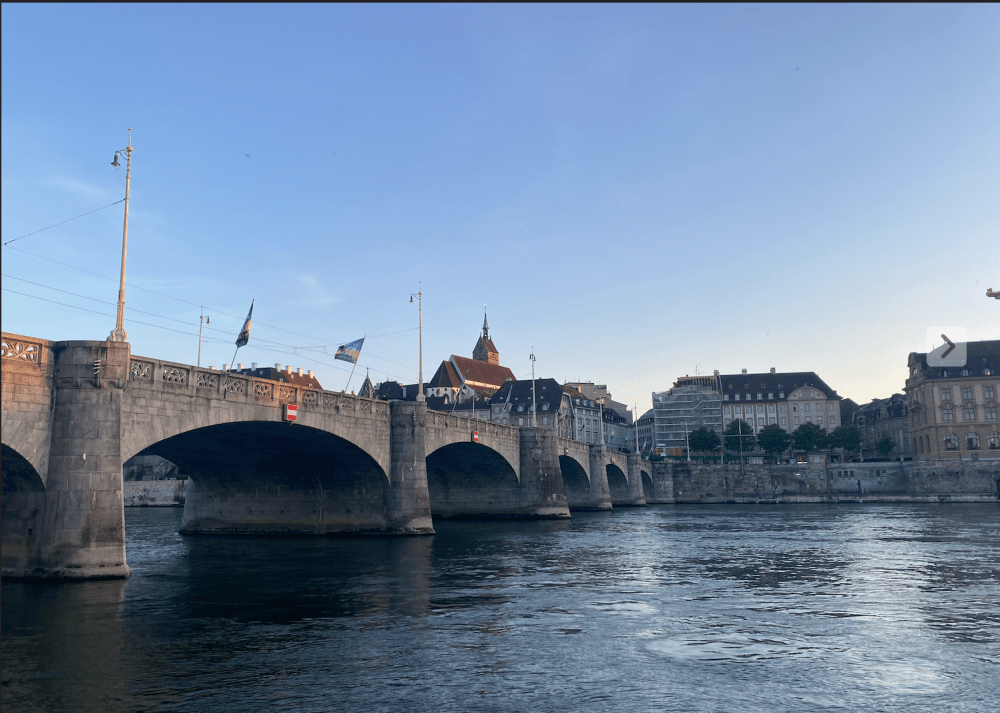It is hard to believe we are already onto our second city of the program – Basel. After visiting the Institute of Nursing at Zurich University of Applied Sciences in Winterthur, I feel like I have a good foundation for what the nursing school curriculums look like in Switzerland and now am excited to compare the diploma program to the Bachelor’s program in Basel.
The guest speakers at the University of Basel shared research presentations with a focus on “implementation science.” This type of research aims to identify a problem, develop a solution or intervention, actually go a step further and implement this intervention in a clinical setting, and then analyzing results. I really enjoyed the presentations because typically, the research work I do in the School of Nursing involves literature reviews, quantitative and qualitative data analysis, and drawing conclusions from that data but does not go that extra step to implement a solution to the problems we identify in that research.
One speaker, Dr. Sabrina De Geest, actually studied at the University of Pittsburgh’s School of Nursing and knows active faculty. She is advocating for legislation to make advanced nursing similar to the United States. Currently, she said that the nursing profession is roughly 50 years behind the U.S. in terms of practicing and prescribing rights of advanced practice nurses, like a Nurse Practitioner (DNP). In Switzerland, you can train to be a nurse through a diploma program (like an associate’s RN degree) or a Bachelor’s program, but there are very few differences between the two in a clinical setting, and there is no Nurse Practitioner role in Switzerland, even with a Master’s or PhD degree.
Also in Basel, we visited a heroin injection clinic, which acts as a safe, controlled environment for heroin addicts to use the illicit substance. The founder explained that they have a group of addicts that stop by the clinic twice a day to safely use heroin that is provided free of charge, covered by the government. The purpose of the clinic is to reduce risk of overdose, not achieve abstinence because that is not typically plausible after decades of addiction. What’s really interesting about this set up is that the Swiss people voted in favor of the clinic through their direct democracy. In the midst of the opioid epidemic in the United States, it would be very cool to see similar clinics implemented. Of course, we have many obstacles, for example, even just geographic distance to reach a clinic would likely require a car in the U.S. whereas the Swiss towns and public transportation systems are easily navigated. Anyway, this is something I would be really interested in learning more about and how to apply a similar solution in the United States.
Some photos from Basel:




